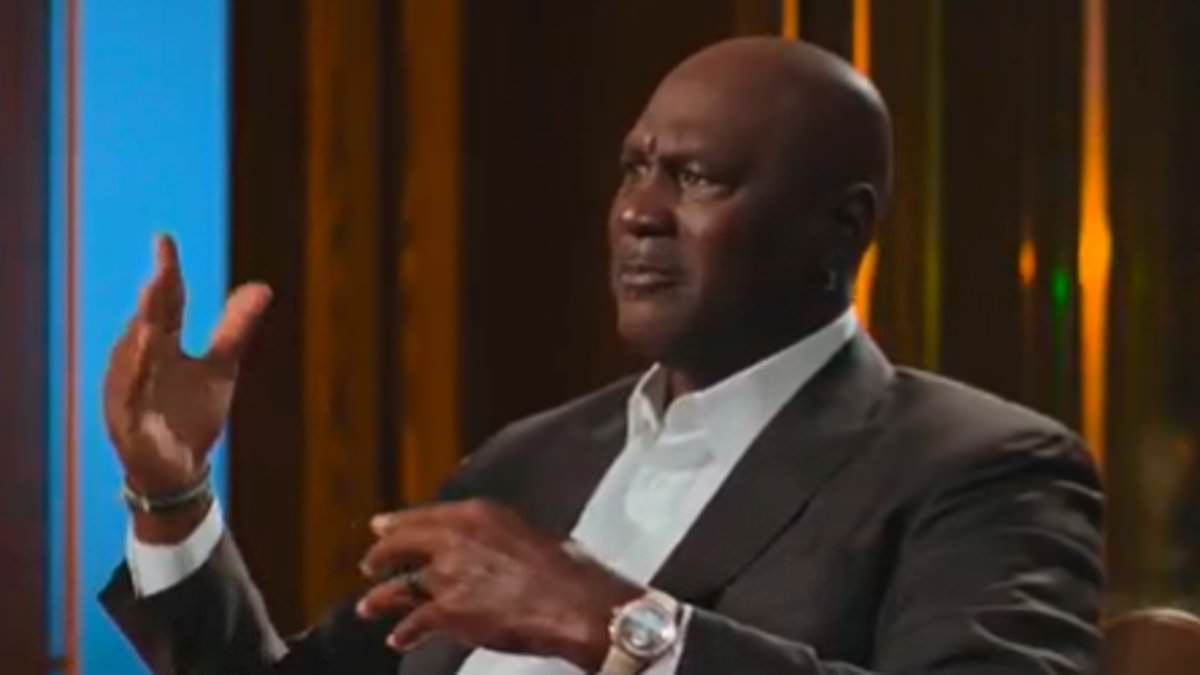Copyright newsbytesapp

Mexican folk dances are a beautiful mix of history, culture, and tradition. Each dance tells a story of the region it comes from, showcasing the diversity of the country. From lively steps to colorful dresses, these dances give an insight into Mexican culture. Knowing these dances helps us appreciate the rich heritage and traditions that have been passed on through generations. Jarabe Tapatio, popularly known as the Mexican hat dance, is one of the most famous folk dances of Mexico. It originated in the state of Jalisco and is often referred to as the national dance of Mexico. The dance features a couple performing intricate steps around a sombrero placed on the floor. The performance highlights themes of courtship and flirtation, with lively music and colorful costumes. Danza de los Viejitos is a unique folk dance that celebrates elders in Mexican culture. Originating from Michoacan, it features performers dressed as old men with masks and canes. The dance humorously mimics elderly behavior while paying homage to wisdom and experience. It often includes playful interactions between dancers, showcasing both respect for elders and joy in their presence. Baile Folklorico is an umbrella term for regional folk dances performed across Mexico's different states. Each region has its own unique style, music, and costumes that reflect local traditions and history. From the graceful movements of Veracruz's son jarocho to the energetic steps of Nuevo Leon's huapango, baile folklorico showcases Mexico's rich cultural diversity through vibrant performances. La Bamba is a traditional Mexican folk dance with Spanish roots, originating from Veracruz on the Gulf Coast. This lively dance combines African rhythms with indigenous influences, resulting in a joyful celebration of life. Dancers form a conga line, moving in unison to the infectious beat. La Bamba is a testament to Mexico's cultural fusion and enduring spirit, captivating audiences worldwide.



